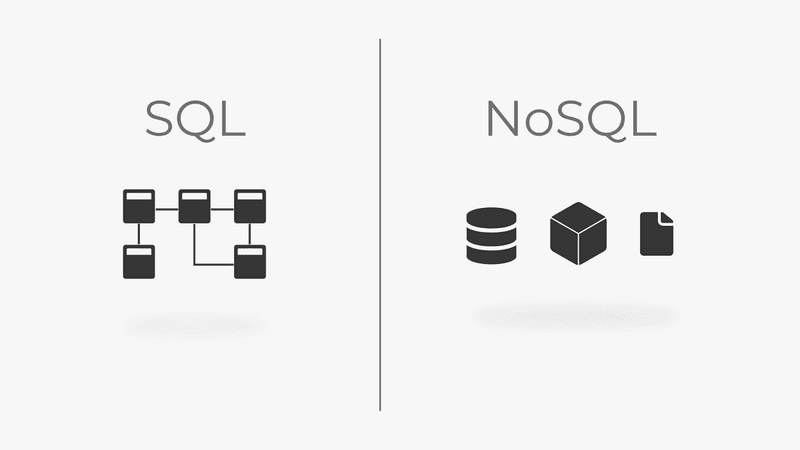The main differences between NoSQL and SQL (relational databases) are in their data models, schema, and the use cases they are best suited for:
SQL (Relational Databases):
-
Data Structure: SQL databases are table-based and use a structured schema to define the data model. Data is organized into rows and columns.
-
Schema: SQL databases have a fixed schema, meaning the structure of the data is defined in advance, and all data in a table adheres to this schema. Changes to the schema can be complex and require careful planning.
-
ACID Compliance: SQL databases are generally ACID (Atomicity, Consistency, Isolation, Durability) compliant, ensuring strong data consistency and transactional integrity.
-
Joins: SQL databases use JOIN operations to combine data from multiple tables. This allows for complex queries involving related data.
-
Scaling: Scaling SQL databases can be challenging and often involves vertical scaling (upgrading server hardware) rather than horizontal scaling (adding more servers).
NoSQL Databases:
-
Data Structure: NoSQL databases come in various data models, including document, key-value, column-family, and graph databases. They don't rely on the tabular structure of SQL databases.
-
Schema: NoSQL databases are typically schema-less, allowing more flexibility in the data structure. Data can vary within the same collection or database.
-
BASE (Basically Available, Soft state, Eventually consistent): NoSQL databases often prioritize availability and partition tolerance over strong consistency. This means they may provide eventual consistency rather than immediate consistency, which is provided by ACID databases.
-
No Joins: NoSQL databases often avoid complex JOIN operations in favor of data denormalization, which can lead to improved performance for certain use cases.
-
Scaling: NoSQL databases are well-suited for horizontal scaling, allowing you to add more servers or nodes to handle increased load. They are more flexible when it comes to scaling out.
Use Cases:
-
SQL Databases: SQL databases are suitable for applications with well-defined schemas, complex relationships, and the need for strong transactional support. Examples include traditional web applications, financial systems, and e-commerce platforms.
-
NoSQL Databases: NoSQL databases are a good choice for applications with rapidly changing requirements, unstructured or semi-structured data, and where horizontal scalability and high availability are critical. Use cases include content management systems, real-time analytics, Internet of Things (IoT) platforms, and social media applications.
The choice between SQL and NoSQL depends on the specific needs of your application and the characteristics of your data. Many modern applications use a combination of both types of databases to take advantage of their strengths in different areas of the system.
